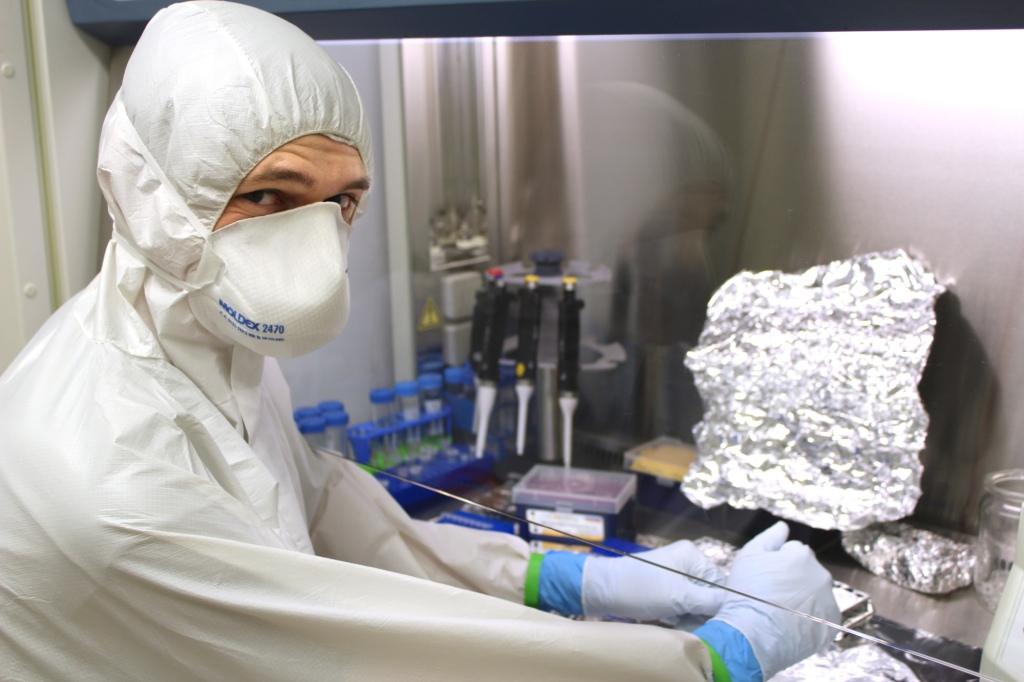SAN JOSE — Tristan Begg was an anthropology student at UC Santa Cruz and a Beethoven fanatic when he volunteered as a docent at San Jose State University’s Beethoven center in the summer of 2009.
He would pull out the drawer holding a lock of hair and tell visitors, “This is real” and that it once was on the head of the greatest composer who ever lived, the one whose music changed Begg’s life when he heard the first notes of Moonlight Sonata on Christmas morning at age 17.
“It was instantaneous. I was astounded. I’ve never heard anything like it,” he said. “It was an instant sort of obsession.”
Now, 14 years later, Begg, a Ph.D student at the University of Cambridge, is the lead author on a genome research study that debunked the story he once told. The hair is a fake.
The findings, published this week in the journal Current Biology, revealed new insights about the life and death of Ludwig van Beethoven. Five other locks of hair were authenticated, including another one recently acquired by San Jose State. Just not the one Begg had proudly shown visitors more than a decade ago.
“The project was a very sobering experience in learning not to trust your gut,” Begg said in a phone interview Thursday from England, describing his disappointment over the lost link to the lock — and why he has started listening to the Ghostbusters theme instead of his favorite symphonies. “Just go on the data, and it’s much less fun that way.”
Indeed, the genetic data proved, the hair that was supposed to belong to Beethoven’s famous tousled mop actually came from an unidentified woman with Jewish heritage.
The imposter — named the “Hiller Lock” for the man who ostensibly was first to acquire it — is now relegated to a vault at San Jose State.
And Russell Martin, the author of “Beethoven’s Hair,” which focused on the San Jose State specimen and was translated into 19 languages, may have to update his 2000 tome.
It was the second time a…
Read the full article here







